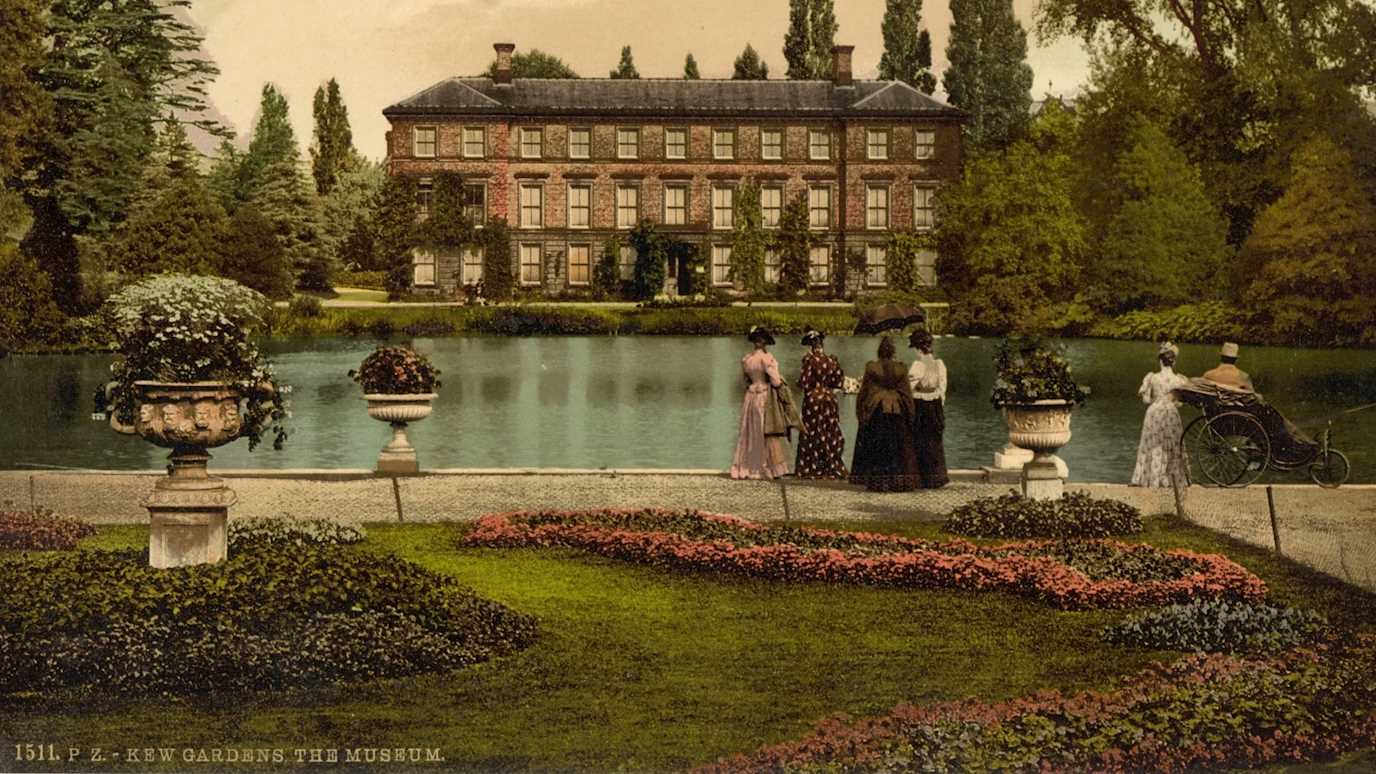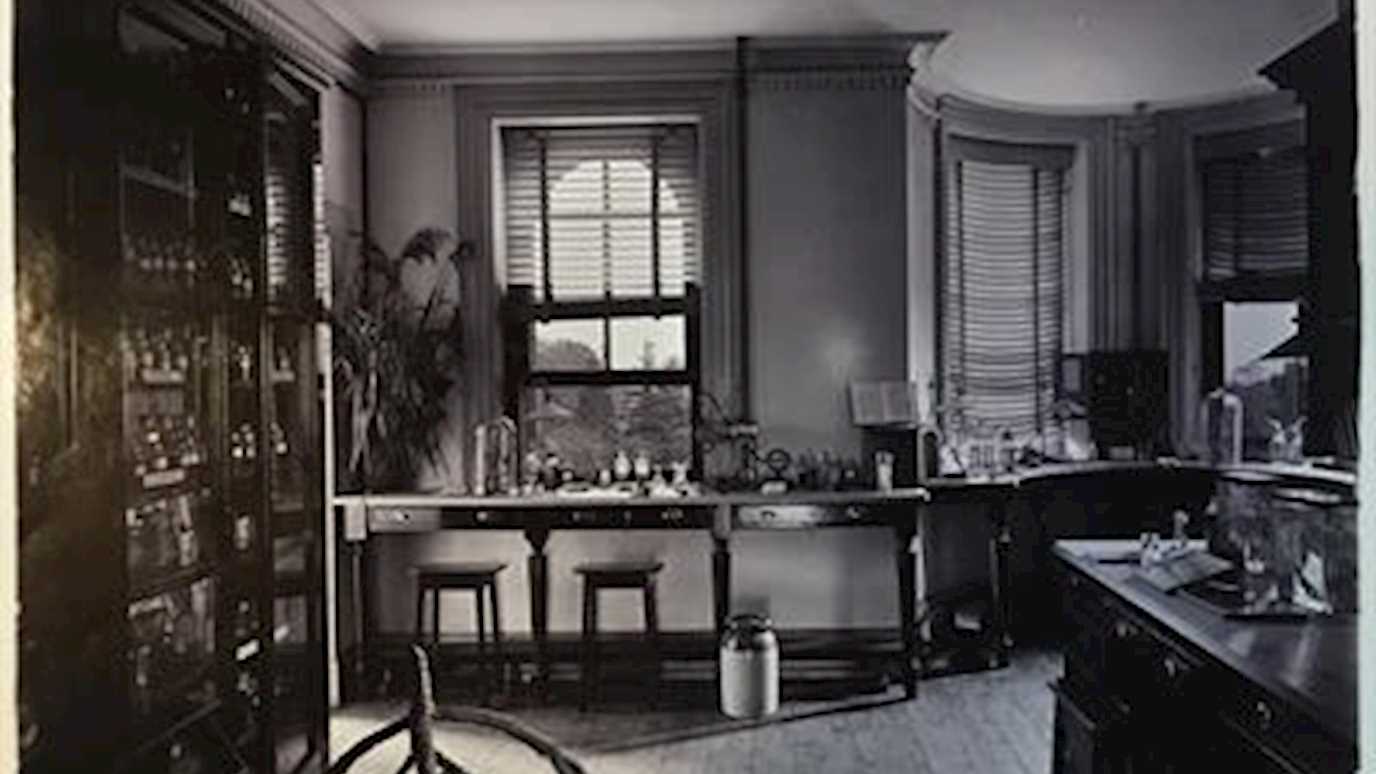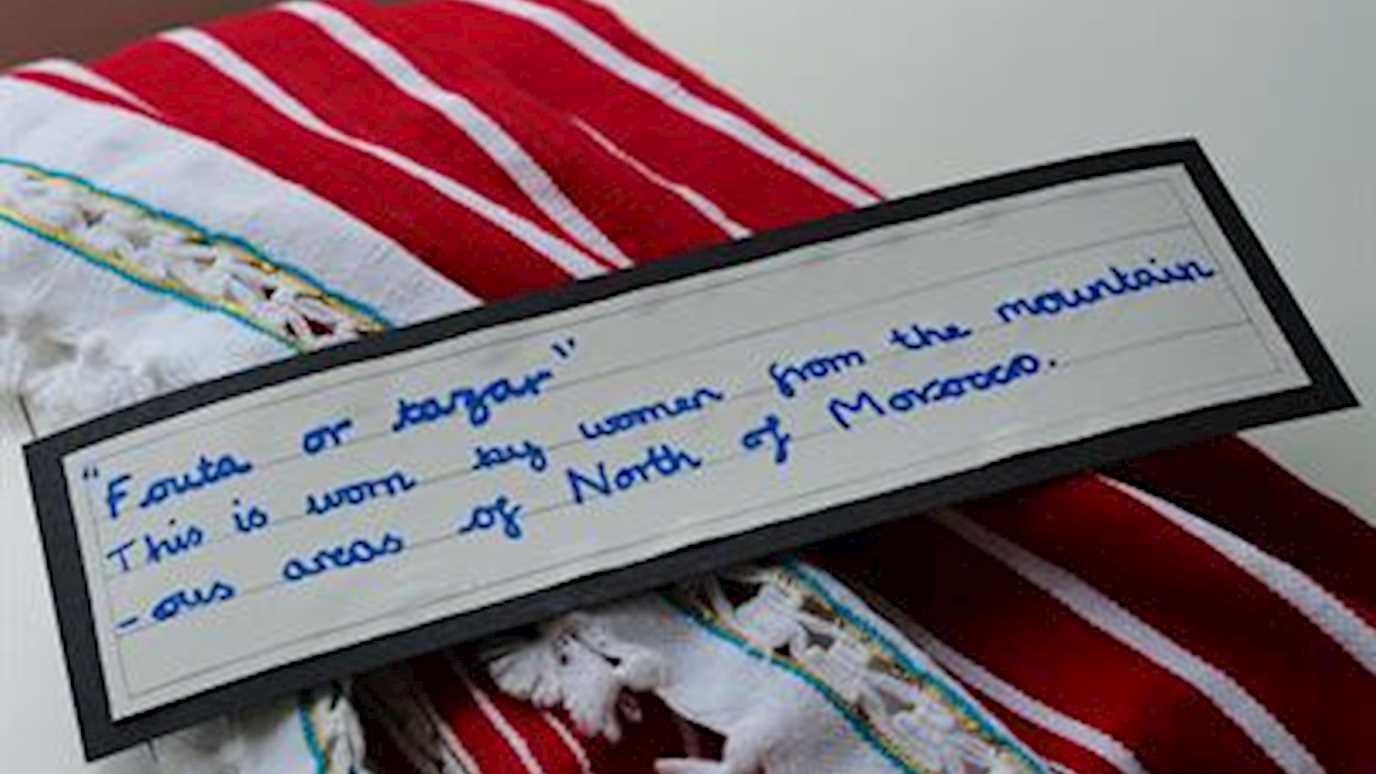Posted on 17/08/2017 by Felix Driver
August 2017 sees the release of our first Working Paper concerned with accessions to Kew’s Museum of Economic Botany from its foundation in 1847 to the present day. Based on analysis of detailed records in the form of entry books, WP 1 presents an overview of the changing patterns of acquisition of specimens and artefacts in terms of source regions, types of donor and the kinds of object donated. This enables, for the first time, a quantitative assessment of the relative importance of particular regions and networks for the building and development of the Economic Botany Collection over its entire history.
Parts of a violin made from the Norway spruce, donated by the German botanist Carl von Martius in 1861
Key findings at this early stage of the project include the strongly episodic nature of accessions, with bursts of activity reflecting the timing of particular expeditions and exhibitions; a clear pattern marking different phases of accessions activity, reaching a peak within the era of high imperialism; the global reach of the collection, with every contintent represented, though there are distinct regional foci notably within the UK, Africa and Asia; the continuing variety of object types, including both natural specimens and cultural artefacts, reflecting the nature of what are now called biocultural collections; and the range of donor types, amongst which colonial officials and government departments loom largest, though Kew received a large number of small donations throughout its history.
In seeking to interpret these patterns, our thinking has been strongly shaped by the recent literature on the history of museum collections: especially its longstanding concern with networks and its growing interest in questions of circulation. The ways in which collections both depend on and reinforce social and institutional networks have been the focus of many recent museum histories, notably in the context of ethnographic collections. It has thus become conventional to consider the museum as a node in an evolving network or system of networks. Alongside this emphasis on networks is a growing interest in the forms of circulation and mobility (of things, people and ideas) that suggests a more explicitly spatial focus, reflected in WP 1 in our analysis of geographical patterns in the accession of objects.
However, it is important to emphasise that this Working Paper presents only one side of a complex story. In the Mobile Museum project we are as concerned as much with the flows of things, people and ideas out of Kew as we are with accessions into Kew: indeed it is the mobility of the collections that is the focus of the project. In this context a key theme introduced in this paper (to be developed in subsequent work) concerns the specific kinds of circulation which characterize the Kew complex over its long history, reflecting a particular model derived from cultures of botanical exchange in general and the herbarium in particular. In order to grasp the nature of this model, especially its reliance on the circulation of duplicates, it is necessary to consider the dispersal of objects out of Kew and into other institutions, including museums and schools. This will be the focus of the next Working Paper due for release by the end of 2017. In combination, these first two Working Papers will provide a basis for more detailed study of the national and international networks through which the mobility of objects was managed.
























